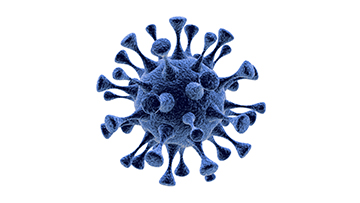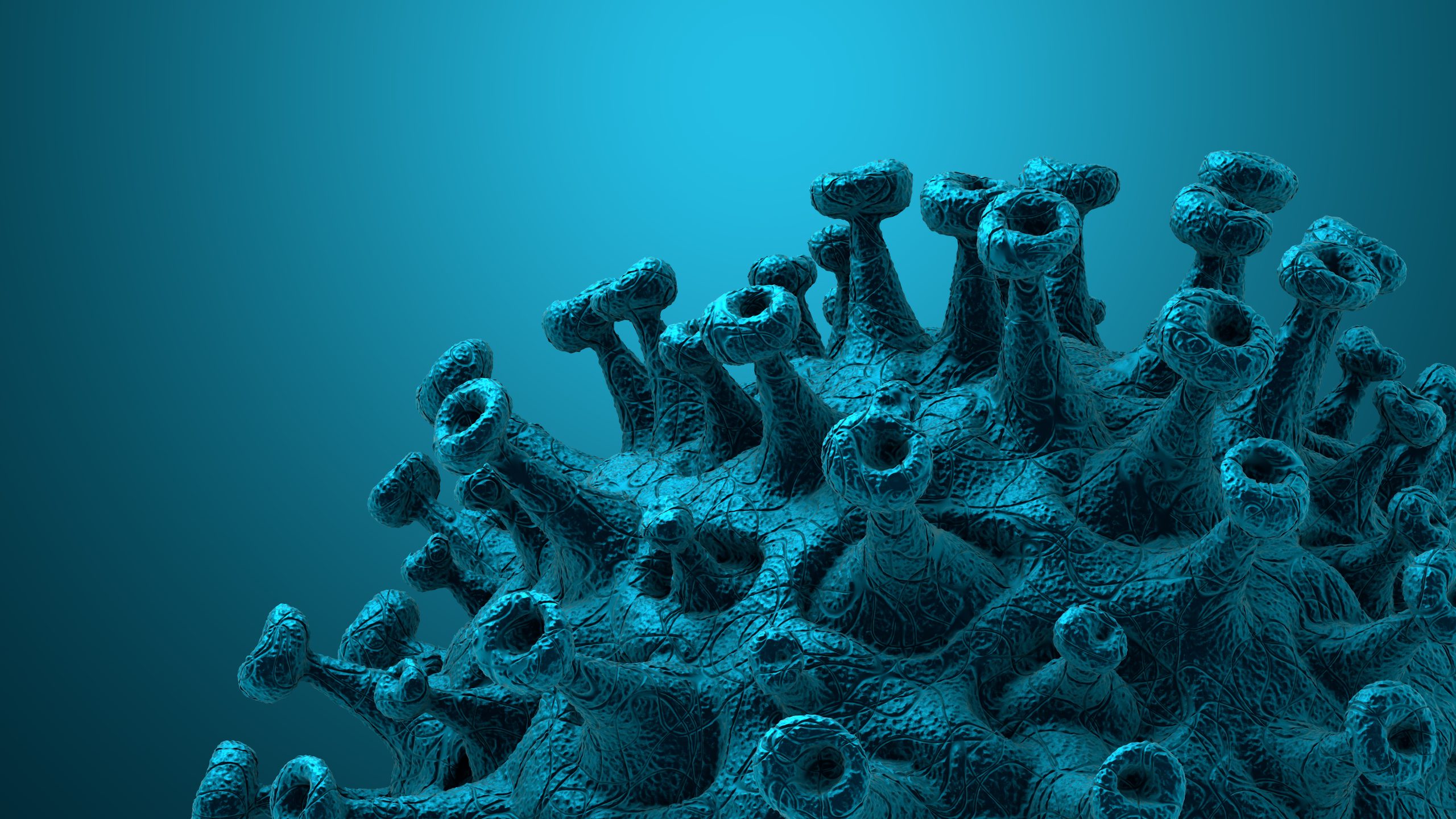
Patients receiving maintenance hemodialysis are at increased risk for post-COVID-19 complications and a high mortality rate during the 1-year period following diagnosis of COVID-19, particularly in the first 3 months following diagnosis. Results of previous studies have shown that vaccinated individuals who experience breakthrough infection are less likely to report post-COVID-19 complications compared with unvaccinated individuals.
Oxidative stress has been shown to be a key component in post-COVID-19 complications, However, there are few data available of oxidant/antioxidant status in patients on hemodialysis who develop post-COVID-19 complications. Lesya Korol and colleagues in the Ukraine conducted a study designed to examine the oxidant/antioxidant markers in patients on hemodialysis with post-COVID-19 conditions according to vaccination status.
Results were reported during the ERA 60th Congress. The presentation was titled Effect of Vaccination on Oxidant/Antioxidant Status in Hemodialysis Patients With Post-COVID Conditions.
The cross-sectional, observational cohort study included 106 patients on hemodialysis. Mean age was 52.4 years, and mean dialysis vintage was 68 months (range, 29-134 months). Study participants were stratified into three groups according to vaccination status and the presence of post-COVID-19 conditions: group 1, 36 hemodialysis patients fully vaccinated against COVID-19 with either Pfizer-BNT-162b2 or Moderna-mRNA-1273 vaccine who had experienced a post-vaccination SARS-CoV-2 infection and had at least one post-COVID symptom; group 2, 35 fully vaccinated hemodialysis patients who had never been infected with COVID-19 (vaccinated control group); and group 3, 35 unvaccinated hemodialysis patients who had experienced COVID-19 infection and had post-COVID-19 conditions (unvaccinated control group).
Three months following recovery from COVID-19, concentrations of malondialdehyde in serum (MDAs) and erythrocytes (MDAe), sulfhydryl groups (SH-groups), serum catalase activity (CTs), serum transferrin, and ceruloplasmin levels were measured. Data were expressed as a median and interquartile range, and compared with the Kruskal-Wallis test.
The highest concentrations of MDAs and ceruloplasmin, and lowest serum levels of CTs and transferrin were seen in patients in group 1, compared with patients in group 2 and group 3.
“Our findings suggest a significant oxidative imbalance in hemodialysis patients with post-COVID-19 syndrome, most likely due to the synergistic effects of the virus and the vaccine,” the researchers said. “The use of antioxidant supplements might be a possible strategy to treat post-COVID-19 conditions in hemodialysis patients.”
Source: Karol L, Stepanova N, Ostapenko T, Rysyev, Marchenko V, Belousova O. Effect of vaccination on oxidant/antioxidant status in hemodialysis patients with post-COVID conditions. #2518. Abstract of a presentation at the European Renal Association 60th Congress; June 15-18, 2023; Milan, Italy.






 © 2025 Mashup Media, LLC, a Formedics Property. All Rights Reserved.
© 2025 Mashup Media, LLC, a Formedics Property. All Rights Reserved.